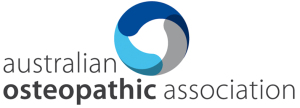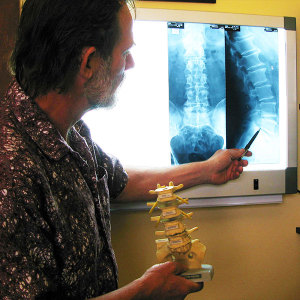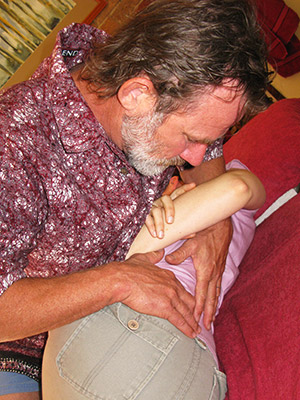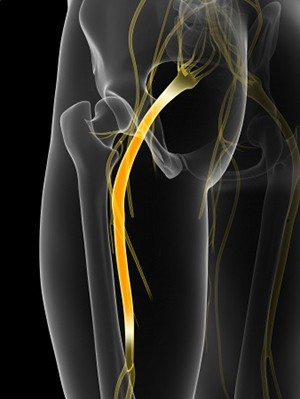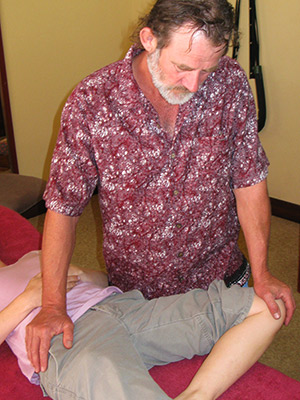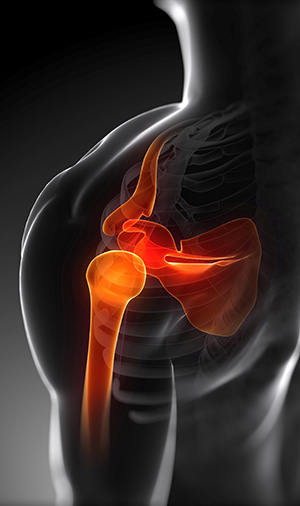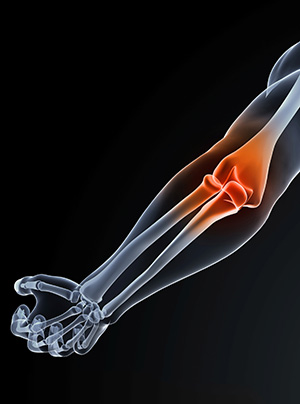Terrace Osteopathy
Chris Derkenne
10 KING STREET
RAYMOND TERRACE NSW 2324
Fax: 49831398
TO BOOK YOUR APPOINTMENT
Book Now
FOR ALL OTHER ENQUIRIES
Email Me
terrace.osteopathy@gmail.com
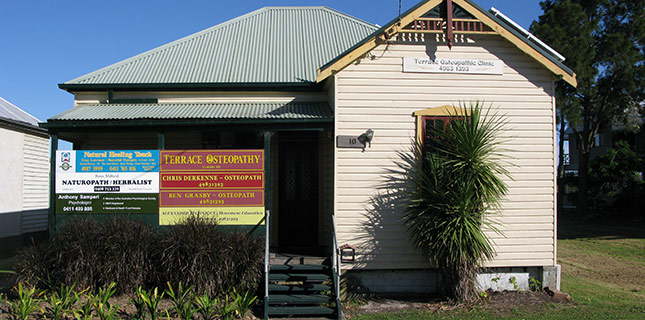
Chris Derkenne
Chris Derkenne has enjoyed 40 years in clinical practice. Chris offers a keen interest in the diagnosis and treatment for many common body ailments such as sciatica, headaches, neck, shoulder and lower back pain.
Chris targets specific sore, tight muscles that are often the causative culprits of pain and disability. Using a no nonsense ‘hands on’ approach, Chris works to resolve these imbalances and is accomplished in spinal and appendicular manipulation.
You do not need a referral to see Chris unless you are under workers’ compensation, DVA or EPC categories.
BOOKING FOR CHRIS DERKENNE AVAILABLE HEREAbout Osteopathy
Osteopathy is a form of manual healthcare which recognises the important link between the structure of the body and the way it functions. Osteopaths focus on how the skeleton, joints, muscles, nerves and vessels influence your well-being.
Using skilled diagnosis and a wide range of hands-on techniques, osteopaths can identify important types of dysfunction in your body. Osteopathic treatment uses techniques such as stretching and massage for general treatment of the soft tissues (muscles, tendons and ligaments) along with mobilisation and manipulation (if required) of specific joints.
In Australia, osteopaths are university trained in anatomy, physiology, pathology, general medical diagnosis and osteopathic techniques. Osteopaths are primary healthcare practitioners and are trained to recognise conditions which require medical referral. They are also trained to perform standard medical examinations of the musculoskeletal, cardiovascular, respiratory and nervous systems.
Osteopathy is covered by most private health funds and the Chronic Disease Management (CDM) scheme (many Dr’s still refer to this scheme as EPC – Enhanced Primary Care).
Osteopaths are registered providers for workers’ compensation schemes, motor accident insurers and the Department of Veteran Affairs.
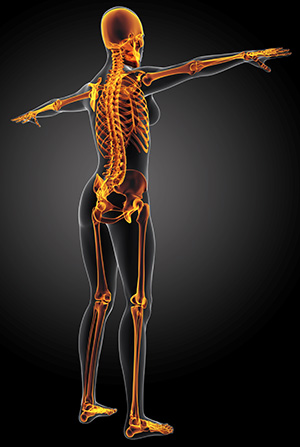
Headaches
Osteopathy: an effective approach to headache treatment.
The most common type of headache originates from muscle tension and joint stiffness in the neck and upper back.
Your osteopath can help by:
- improving the mobility of your cervical and thoracic spine
- reduce muscular tension, nerve compression and inflammation
- giving advice on posture, exercise and stretching to help prevent and treat recurrence of symptoms
- offering guidance on diet and preventing dehydration
- giving advice on improving the ergonomics of your home or workplace.
Other less common causes include:
- eye strain
- sinus congestion
- whiplash injury
- stress
- poor posture
- jaw imbalance and teeth grinding
- infection
- allergies and food intolerances.
Osteopaths, as primary health care practitioners, are trained to differentiate between headaches with common causes and those due to serious pathology. You should always seek advice from a health professional, including an osteopath, if you get a headache after a head trauma and/or the headache is getting worse.
You should seek medical advice if the headache is accompanied by:
- fever
- nausea or vomiting
- bleeding or fluid draining from the nose or ears
- dizziness
- blurred vision or speech
- numbness, tingling or paralysis.
If you get regular headaches, try keeping a headache diary
If you experience headaches regularly, keeping a headache diary can help identify these triggers and ultimately help them avoid them. A headache diary allows you to record important details about your headaches, such as symptoms, frequency and other. This diary will provide your osteopath with important information.
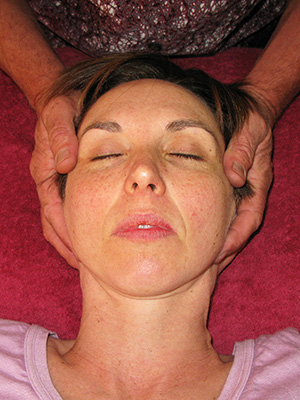
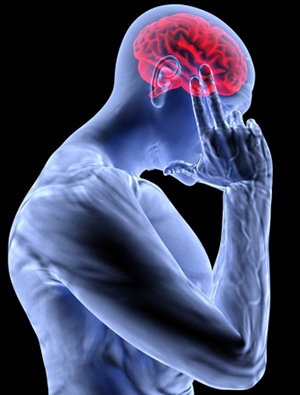
Backpain
In Australia 80% of the population will suffer from back pain in their lives.
Studies show that osteopathic treatment reduces back pain, increases mobility and speeds the recovery process.
Chris will work with you to:
- accurately diagnose your back pain
- reduce muscular tension, inflammation and nerve irritation
- improve joint mobility
- reduce the duration of low back pain episodes
- offer advice on posture, exercises and stretching
- plan a considered response for future episodes.
Osteopaths can be visited without a referral from a GP and are trained to know the difference between uncomplicated back pain and back pain requiring referral to specialist care.
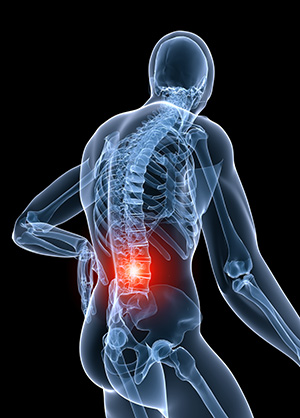
- non-operative disc trauma
- extensive sitting
- heavy lifting and twisting
- injury
- muscle strain and imbalance
Tips for back care
- keep mobile and exercise daily.
- be careful when lifting
- keep well hydrated
- eat well
- ensure you have a mattress that you love
- make sure to have a stretch, take regular breaks, and vary your rhythm during repetitive tasks or heavy labour
- observe your body’s specific likes and dislikes.
Sciatica
Sciatica is a painful syndrome caused by compression or irritation of the sciatic nerve. The sciatic nerve runs from the lower lumbar spine deep through the buttock and down the leg. Sciatica can range from a dull ache to incapacitating pain. Symptoms may be constant or intermittent, depending on activities or time of day. Osteopathy can be useful in relieving the symptoms of sciatica
Chris will diagnose to find the cause of your sciatica. He will treat the related joints, muscles, ligaments and tendons in an attempt to reduce the pressure on the sciatic nerve. Considered spinal manipulation (back cracking) can often help.
Sciatica can often resolve quickly with the appropriate management and self-care.
Symptoms of sciatica may include the following:
- pain in the buttock, groin, hamstring, knee, calf and foot.
- numbness in any part of the leg
- muscular weakness, usually precipitating tripping.
- pins and needles or burning pain in the back of the leg
- difficulty moving or controlling the leg, especially the ankle and foot.
The pain associated with sciatica can be caused by a number of underlying conditions. These may include:
- herniated (bulging) disc in the lower back
- bony growths on the spinearthritis
- arthritis in the low back or hip
- tight muscles in the buttock or trauma to the lower back
- pregnancy, due to changes in the pelvis and lower back.
Tips for managing sciatica
- Exercise
- Stretch
- Reduce certain activities that you have identified as triggers.
- Learn to discern “when to do what”
Shoulder Pain
Shoulder pain has become extremely common over recent years as a result of frequent computer and smartphone usage and increased sedentary lifestyle.
Shoulder pain is often very complex. As a result, shoulder injuries can be more difficult to treat.
Your osteopath will work with you to determine the cause of your pain and decide on a course of treatment.
Common causes of shoulder pain include:
- neck problems
- rotator cuff tears
- tendonitis
- shoulder impingement (Subacromial bursitis) – when shoulder tendons are trapped and compressed during shoulder movements
- frozen shoulder (Adhesive Capsulitis) – when the shoulder capsule swells and stiffens, restricting mobility
- postural tension
Symptoms of shoulder pain may include:
- ‘catching’ sensation when raising the arm or reaching
- sharp pain when moving your arm
- weakness in your arm or grip
- throbbing and aching in shoulder whilst sleeping
- pain radiating down the arm
- neck and shoulder stiffness
Osteopaths can help your shoulder pain by:
- releasing muscle tension in the area
- improving range of joint motion in the neck and upper thoracic spine, shoulder blade and shoulder
- addressing postural strains and bad habits
- providing advice on maintaining flexibility and strength around the shoulder region
- providing exercises for stretching and rehabilitation
Your osteopath may also refer you to a GP for any additional medications or treatment.
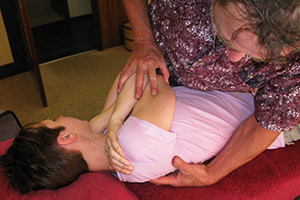
Elbow Pain
Elbow pain often occurs due to a variety of sports and occupations that involve repeated pressure on the muscles and tendons near the elbow joint. This pressure can cause the muscles to become strained and tendons to become inflamed. You will often notice the pain when using your wrist or hand.
Your osteopath will work with you to determine the cause of your pain and decide on a course of treatment.
Common elbow injuries include:
- tennis elbow
- golfers elbow
- radial head ligament sprains
- ulnar nerve entrapment.
Symptoms of elbow pain:
- weak grip
- pain when twisting the wrist
- constant dull ache, worse at night
- sharp pain when moving the elbow joint
Osteopaths can help your elbow pain by:
- releasing tight muscles that can lead to elbow pain
- treating the related nerve root that can give rise to elbow pain
- providing information and advice on taking anti-inflammatories
- referring you to a GP for further investigation if needed.
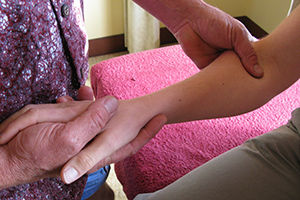
Treatment FAQs
Do I need a referral from my GP?
What do I need to bring?
What should I wear? Loose clothing is preferable.
Do I have to remove my clothes?
Can I bring a friend or relative?
What happens at my first consultation?
Your osteopath will advise you if they can treat you or you need to be referred.
Your osteopath will conduct an examination and clinical tests. These include diagnostic, orthopaedic or neurological tests, postural assessments and activities or exercises, which will help determine how best to manage your condition.
The examination may include passive and active movements. The osteopath may lift your arms or legs and you may be asked to bend over or stand in your underwear. Be sure to wear comfortable, flexible and appropriate underwear.
Osteopathy takes a whole of body approach to treatment. Your osteopath may look at the area that is troubling you as well as other parts of your body. For example if you have a sore knee, your osteopath may also look at your ankle, pelvis and back.
Your osteopath may also provide education and advice to help you manage your condition between treatments. This may include giving you exercises to do at home or work.
What if my condition changes over time?
Is osteopathic treatment painful?
There are techniques which may cause some short term discomfort or pain.
You may experience soreness for a day or two after treatment, similar to that felt after exercise. If this soreness persists or increases significantly, call your osteopath to discuss your concerns.
